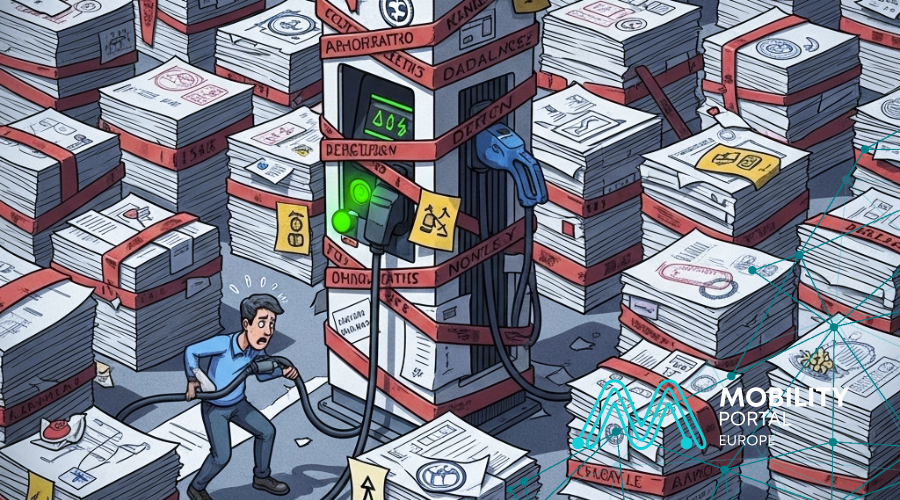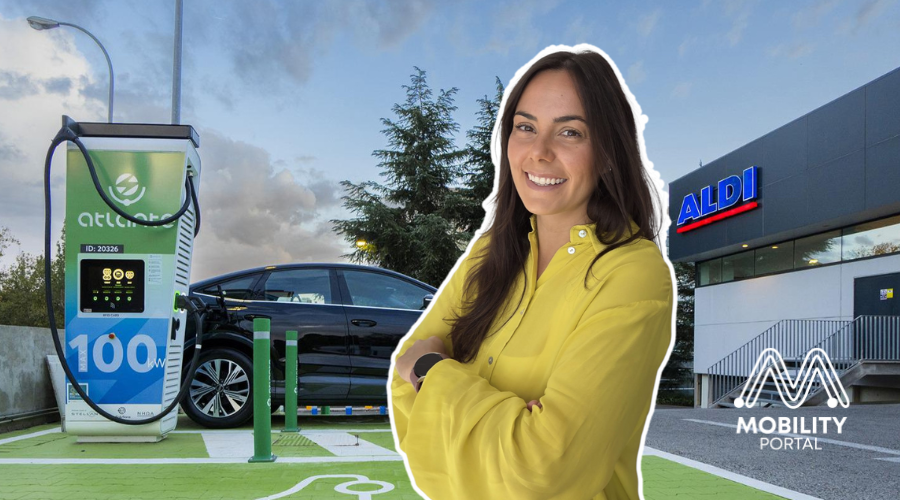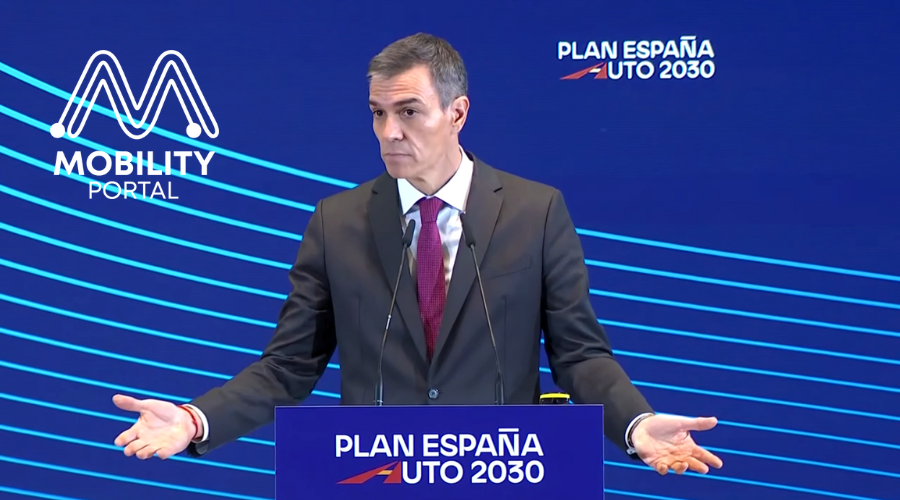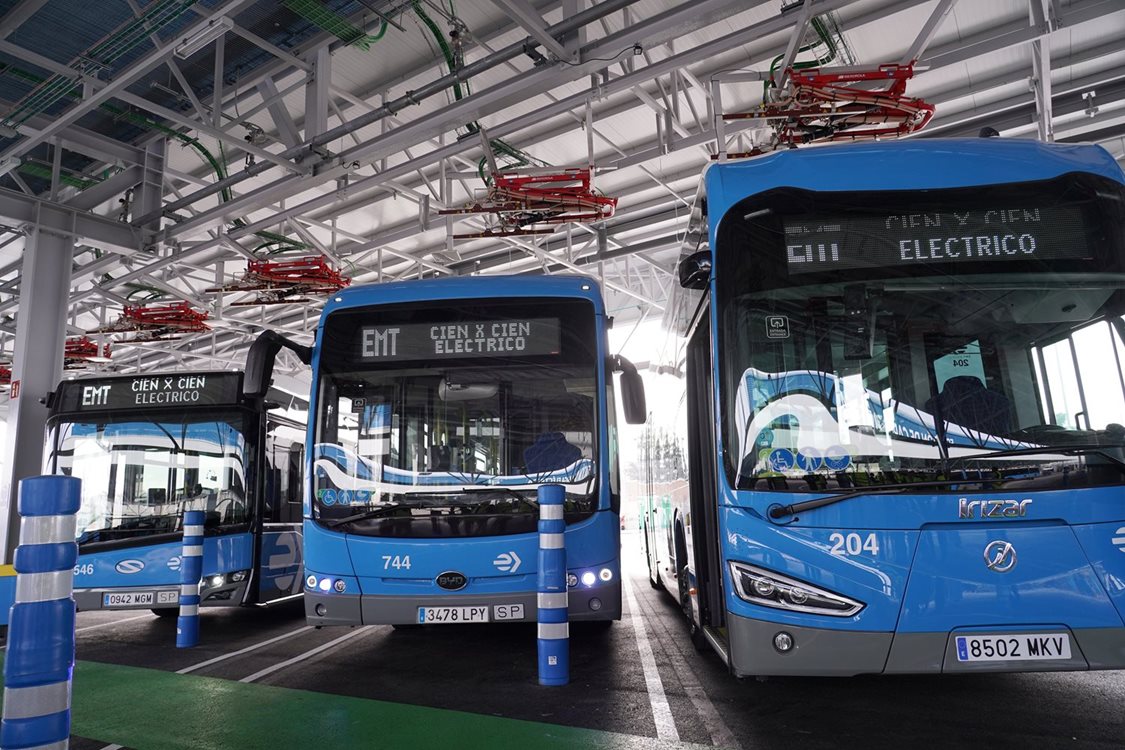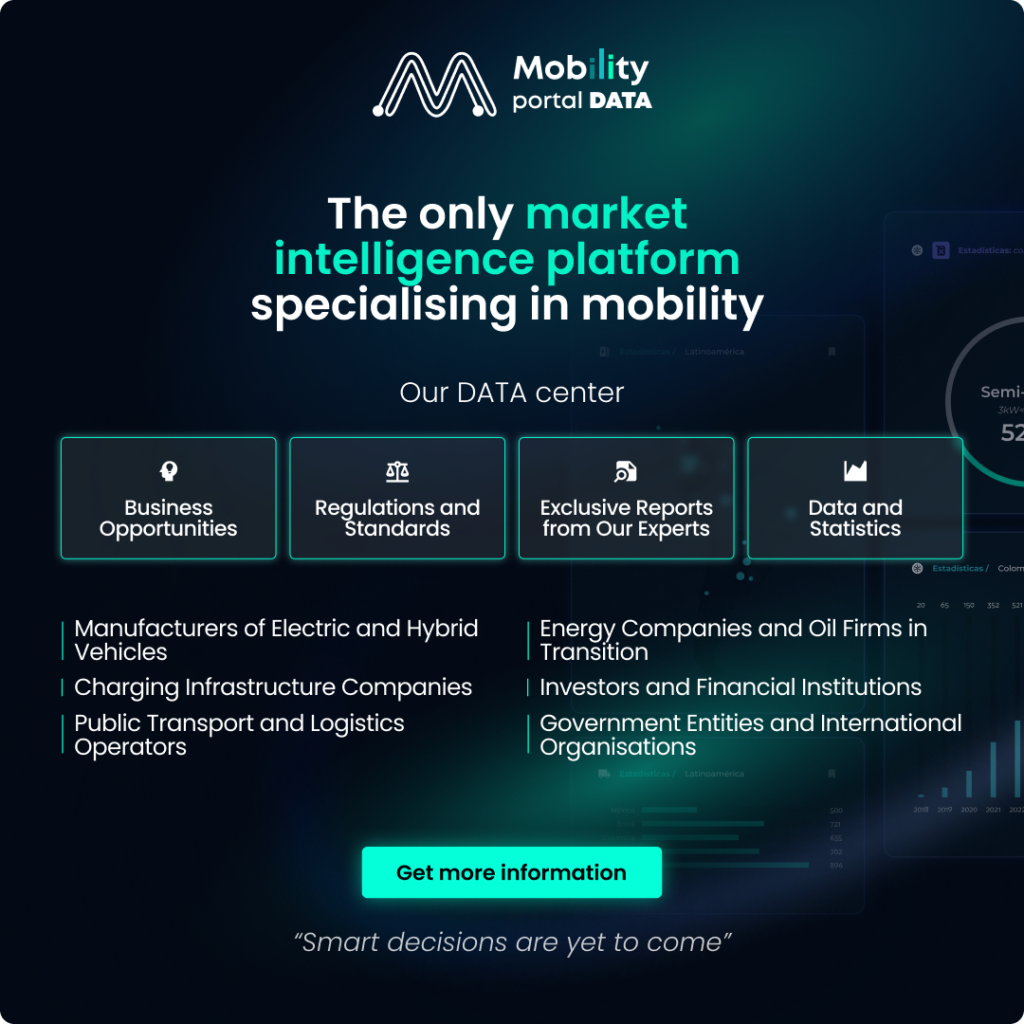Spain’s EV charging map is intensifying: nearly 1,300 new points were added over the summer alone, and August confirmed the pace of growth.
However, this picture coexists with two structural bottlenecks that put pressure on any timeline: local bureaucracy and the relationship with distribution companies.

In this context, Jorge Hueso, an expert and consultant in electric mobility, offers Mobility Portal a pragmatic insight into perception and execution:
“Tesla and others typically request grid power first and wait for it to be ready before installing equipment. Visually, it looks like they set up a station in six months, even if the actual process took two years.”
This way, users perceive speed, and in the meantime, each player has its own techniques:
“Zunder uses batteries as an interim solution: they activate the chargers earlier and use batteries to manage peak demand until the final connection is in place.”
Two different strategies, one common goal: to reduce friction during commissioning and protect the charging experience—especially when monthly high/low demand curves make any bottleneck more noticeable.
In the meantime, Hueso points out that today, the real bottleneck lies with local councils.
Spain is layered with administrative levels—national, regional, provincial, and municipal—and many smaller councils operate with just one or two employees.
“Each municipality works differently, even when they share staff,” he notes.
In this environment, a fully completed charging station can be left idle simply because a council hasn’t given final approval:
“One installation waited three years just for the local authority to give the go-ahead.”
How can the bureaucratic dilemma around chargers be resolved?
Hueso proposes streamlining the process:
“Ideally, there would be a single, centralised one-stop shop where all permits, declarations, and paperwork could be handled in one go.”
With a unified entry point, developers could avoid repeating steps with different bodies—something that currently deters investment and undermines planning: the equipment is installed, but the switch-on date remains a mystery.
The other major obstacle lies with the distribution companies.
“In theory, the maximum timeframe to activate a point is around 80 days, but in practice, that’s rarely met,” says Hueso.
The first response can take two months and, if it’s not favourable, the clock resets. He adds:
“Curiously, issues always seem to arise in the final days, depending on how the process is handled—‘where there’s a law, there’s a loophole’.”
The root of the problem goes back to the origins of the system:
“Distribution used to be state-owned and was privatised for very little, ending up in the hands of a few companies (Endesa, Iberdrola, EDP, etc.). This affects everything from charging hubs to logistics warehouses that need power.”
Who causes the most issues?
“The councils, because of the bureaucracy,” says Jorge Hueso.
But in reality, it’s more nuanced:
“The distribution companies systematically delay timelines, but at least you know what to expect and can prepare accordingly. Let’s hope the new royal decree brings some order to it all.”
Meanwhile, the market is pushing ahead. The seasonal summer peak and recovering traffic levels are increasing network usage and reducing users’ tolerance: if a hub isn’t switched on, reputational damage is immediate.
That’s why transitional solutions—such as battery storage for peak demand and pre-activations—are gaining operational ground. The logic is simple: maintain service while the final grid connection is completed, and turn an uncertain timeline into an experience perceived as efficient.
The final message is clear: “A one-stop shop is the only way to bring order to the process.”
At the same time, enforcing binding timelines with distribution companies would restore predictability for investors. When the sector adds more than a thousand charging points in a single quarter, what’s lacking isn’t will—it’s governance.
Every delayed activation isn’t just another case file: it’s a user who can’t charge, an operator who can’t bill, and a transition that slows down just when Spain is speeding up.
Discover Mobility Portal Data
Explore Mobility Portal Data, an exclusive new market intelligence platform offering reliable data and key insights to support smart decision-making across the entire automotive sector—from combustion and electric vehicles to charging infrastructure.
Research, trend analysis, and well-organised statistics presented with clarity and accuracy, along with up-to-date information—all just one click away.
With Mobility Portal Data, the best decisions are just around the corner.
READ MORE
-
Atlante y su “modelo híbrido”: generación, almacenamiento y recarga ultrarrápida para un sistema más resiliente
Atlante acelera su despliegue en España y en diálogo con Mobility portal, Inés Mackey, Chief of Staff de Atlante Iberia define las prioridades de la empresa y su apuesta por la interoperabilidad de la mano de Charge League.
-
Spain Auto 2030: a point-by-point look at the plan set to redefine the eMobility landscape
Spain has entered a new phase in its industrial strategy for electric mobility. The Government has unveiled Spain Auto 2030, a roadmap designed to mobilise €30 billion over the next five years, reshaping the centre of gravity of the electric vehicle market through fresh incentives, a centralised management model, targeted investment in charging infrastructure and…
-
EMT Madrid licita 120 nuevos buses eléctricos: inversión de 79,35 millones y entregas entre 2026-2027
Con esta incorporación, Madrid refuerza su estrategia de descarbonización y consolida una de las flotas eléctricas urbanas más grandes de Europa.





